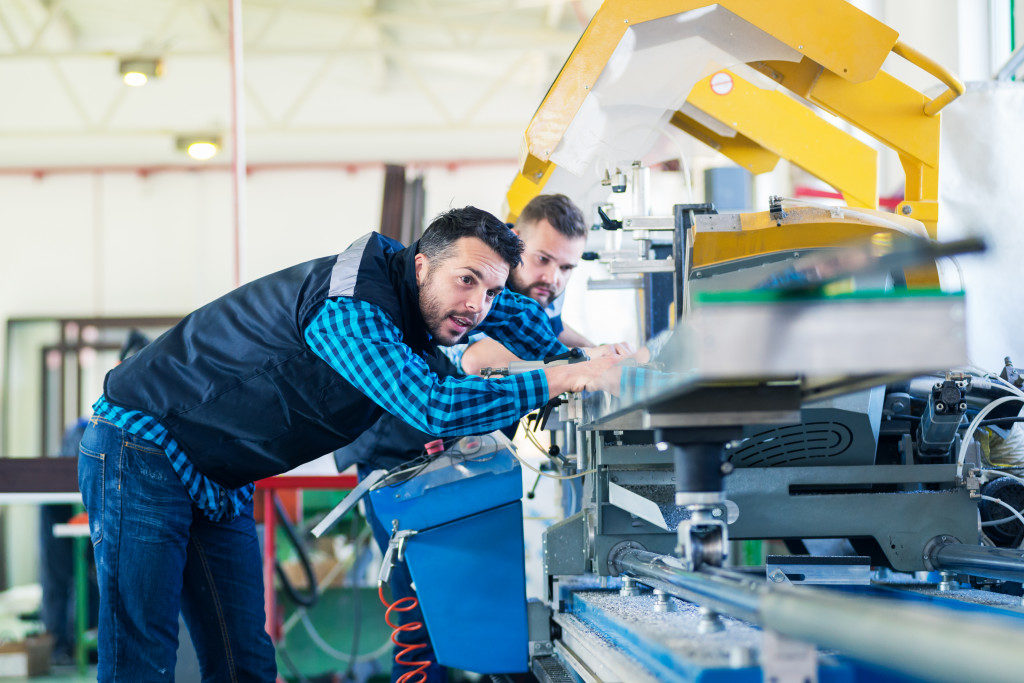If you want to expand your company’s operations, you might need to buy manufacturing equipment. Instead of buying new equipment, you stand to save more by buying used ones instead. Brand new equipment often has a considerable markup, and you also help the environment by repurposing existing equipment by keeping perfectly good machines in use than dismantling them or sending them to a distant landfill.
If you are looking for electronic manufacturing equipment for sale online, you will see that there are many benefits to be had from buying used equipment. But it is perfectly normal to feel cautious and reluctant when going for secondhand machines. You have no idea how the previous owner used the equipment, and any number of problems such as overheating could suddenly appear.
Here are a few pointers for checking used equipment before buying them:
1. Check the model
If you have found a piece of used manufacturing equipment you like, you need to do some research first, primarily if you have never used that particular model before. Check online or ask around for reviews of the specific model.
How reliable is it? What spare parts do you need? Are there any known issues you should know about? These are just some of the things you should know so that you can prepare for problems that you might face down the line.
2. Test before buying
When you buy gadgets at an electronics store, you usually ask the salesperson to plug it in and turn it on. Why not do the same for manufacturing equipment? If possible, test the machine first before buying it. And bring a technician with you to inspect the unit.
If the nature of the equipment limits testing, make sure the seller provides warranty and the option to return the equipment if it fails before a set amount of time.
3. Inspect the unit

Looks can be deceiving. Just because the manufacturing equipment looks good on the outside does not mean that there is nothing wrong on the inside. Check every part of the machine for signs of decay or damage.
Inspect the wiring for bending or fraying and make sure that the buttons and ports are not blocked or damaged. If the machine has a built-in computer, make sure that it is free of dust and that the fan is working to avoid overheating. You should also look for signs of water damage, such as rust.
If you are not sure what to look for, bring a technician with you to inspect the machine.
4. Check for compatibility with existing equipment
If you are buying a model identical to the one you already have at your production site, then there should be no problem scaling your processes. But if the model you chose is different, you have to make sure it is compatible with your existing equipment and processes. You do not want to be out thousands of dollars on something you cannot use.
Investing in new equipment can be expensive, especially if you are having cash flow issues. Buying used equipment allows you to ramp up your production while saving money. These four guidelines will help you buy used manufacturing equipment that is safe and in good condition.



